
When talking about primroses, this plant for some reason is often forgotten. And in the sale of bulbs Puschkinia are quite rare. Meanwhile, it deserves the attention of gardeners and can become a real star of the spring garden.
A bit of botany
The genus Puschkinia belongs to the subfamily Scilloideae of the family Asparagaceae and includes only 2 species: P. hyacinthoides and P. scilloides; the latter, in turn, distinguish several varieties.
Natural species of Puschkinia are found in the Caucasus, Northern Iran, Turkey and Lebanon. They grow mainly on rocky slopes or mountain meadows, preferring open Sunny spaces.
From small (2-2. 5 cm in diameter), round or ovoid Puschkinia bulbs in the spring, a 2-3 narrow (1-1,5 cm in width) leaf length of 12-15 cm and sturdy stems with a height of 15-20 cm, topped with dense racemes. In P. hyacinthoides one bulb can give more than 1 peduncle (from 2 to 4). In the first year after planting, the peduncle is sometimes short, and the inflorescence is small. Let it not confuse you — next season Puschkinia will show itself in all its glory.
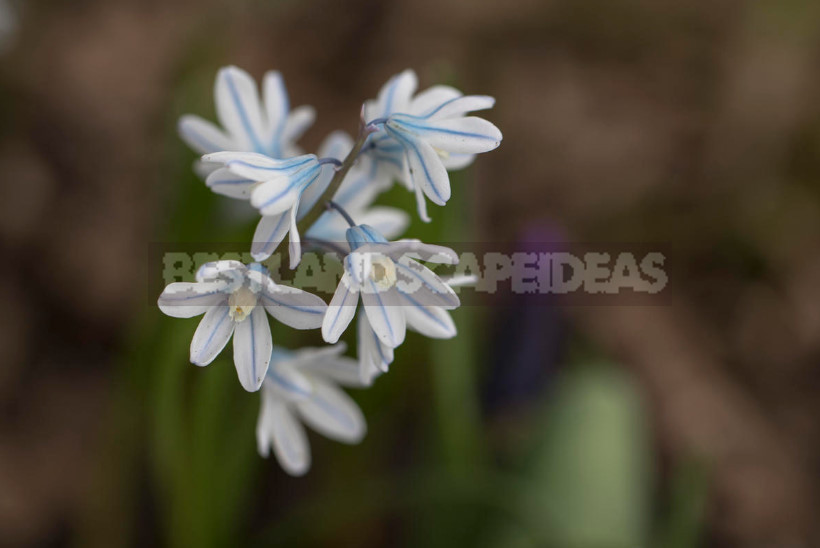
Inflorescences consist of white or pale blue flowers, often with a bright blue (dark blue) longitudinal strip along the midrib of each of the tepals (this is if strictly adhere to Botanical terminology, and if easier and more familiar — each of the petals).
Puschkinia blooms in may. Like other finely bulbous, this plant — ephemeroid: after flowering, the ground part dies, which must be taken into account when choosing a place for planting.
The holiday of spring flowering can be extended if you successfully pick up plants that will bloom, replacing each other, from the snow to the beginning of summer.
Planting, growing and care
Puschkinia is usually propagated by daughter bulbs, which are planted in early autumn. Choose for them a well-lit area with loose, permeable fertile soil. Stagnation of moisture for the plant is detrimental, so avoid places where the spring meltwater accumulates, and in the summer rain water. In General, Puschkinia is unpretentious, it does not need any special conditions. The depth of planting bulbs — about 5 cm, the distance between them — from 5 to 10 cm
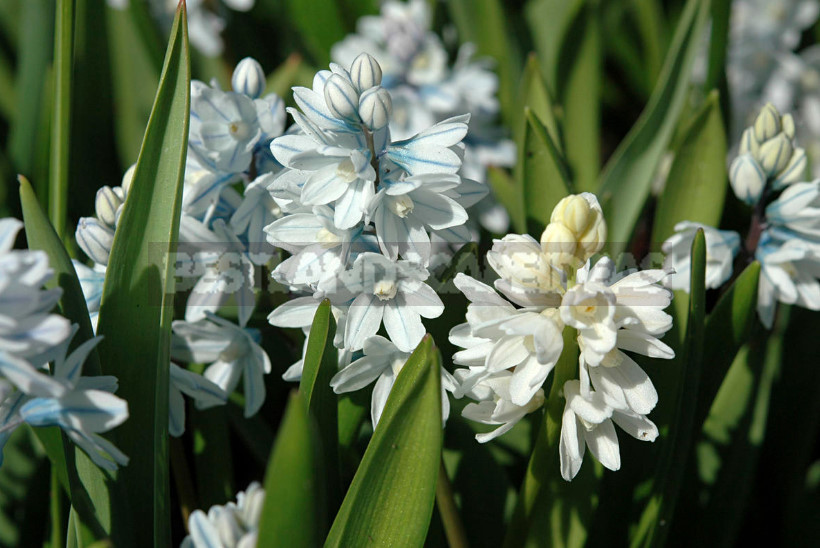
The plant does not require annual digging and can grow in one place for many years. If it is not disturbed, over time it will grow, forming extensive curtains or even a continuous Mat. Puschkinia but reproduces slower than other finely bulbous; overgrown nest dug and divided about once in 5-7 years.
The bulbs are good winter, without any shelter, but if in your area the winters with little snow, you can fall to mulch the planting site with peat or humus (layer 3 to 7 cm). During the period of active growth and flowering Puschkinia demanding moisture — do not allow the soil to dry out, timely watering planting if necessary.
Peduncles with wilted inflorescences are usually recommended to remove, but if you want to give the plant the opportunity to reproduce by self-seeding, you can not do this. In fairness, I note that Puschkinia is unlikely to take advantage of the chance; in any case, I have never had a chance to see the seedlings, although the seed boxes were tied regularly. The leaves should not be cut — it is necessary to wait for their natural withering.
Use in the garden
Where can I plant Puschkinia in the garden? Perhaps it will be difficult to find a place where this can not be done.
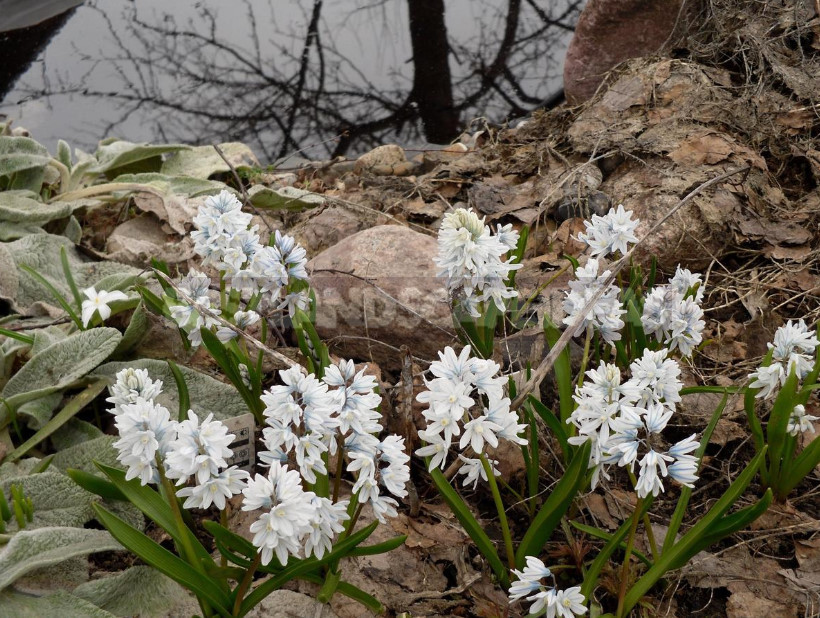
Small groups of Puschkinia look great in tree trunks, between bushes, on the lawn. It can be planted in rockery or on the shore of the pond; it turns out a nice border along the garden path; it is harmonious in any spring flower garden next to other early flowering bulbs.
Puschkinia suitable for growing in containers. If you stop at this option, do not forget to bury the container in the garden for the winter or bring it to the freezing room: if you do not do this, the bulbs will die in the cold.

Muscari, Scilla, Chionodoxa Will become successful partners of Puschkinia in flower beds. You can combine it with Botanical tulips, short varieties of daffodils, Primula. In rockeries it can be combined with low-growing Sedum, Ajuga, and other ground cover. It is good to place this plant in flower beds with perennials — their foliage growing in late spring will hide the fading beauty of Puschkinia.
Be sure to take a closer look at the charming prude — you will not regret if you put her in your garden!

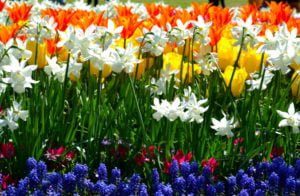
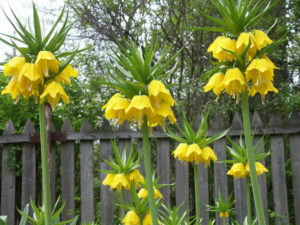
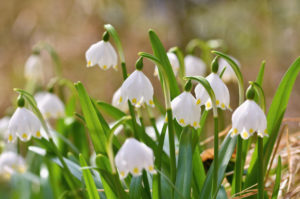
Leave a Reply